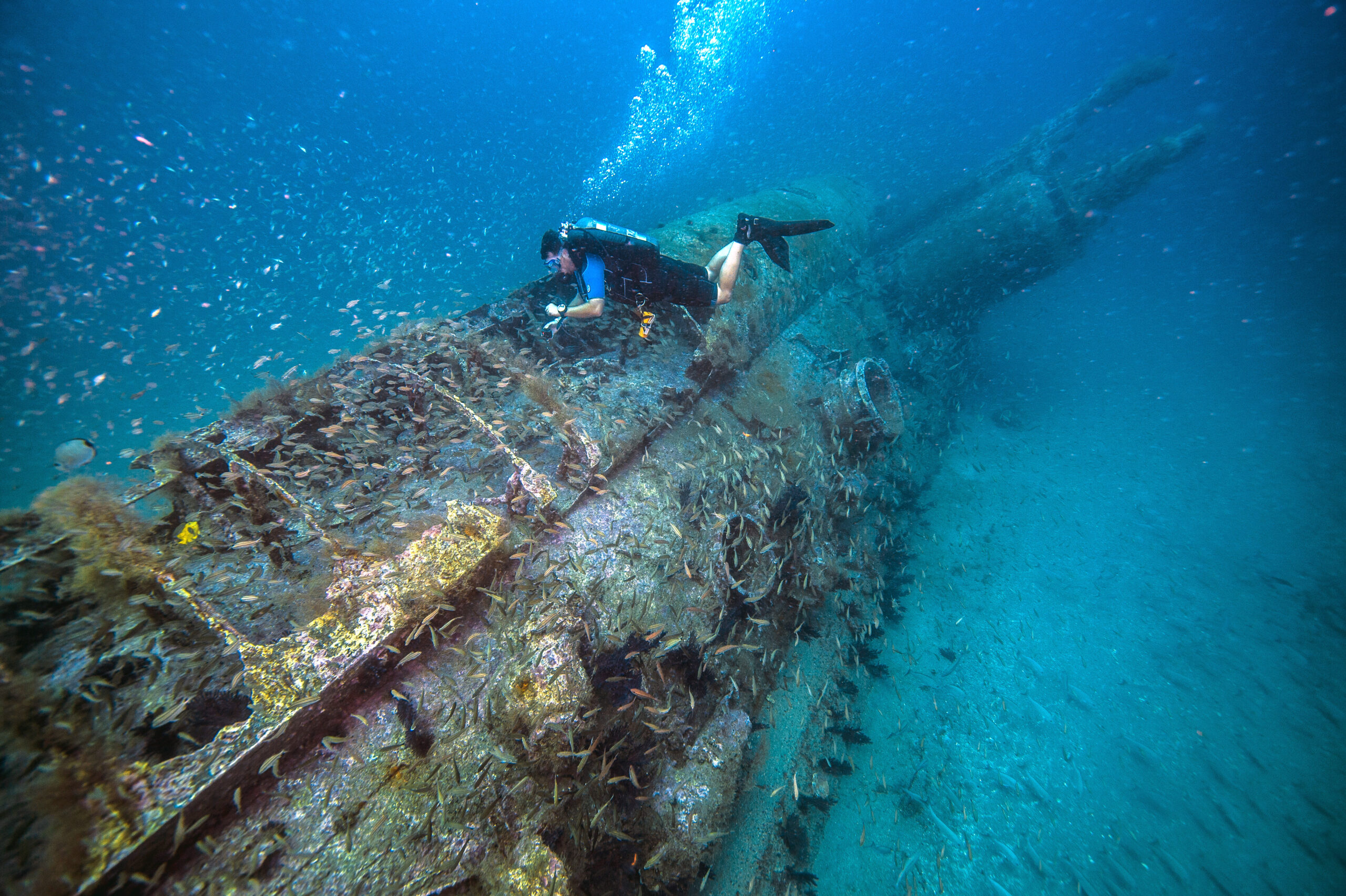Beginning in 2008, NOAA and its partners have researched and embarked on at-sea missions to locate the German submarine U-576 off the U.S. East coast. The research involved analyzing news reports and documents of an encounter between the U.S. Military and a German submarine operating close to the U.S. Coast during WWII.
Based on their research, NOAA performed several searches using AUV and ROV vehicles from vessels operated by CPC crews. The AUV and ROV assets scan the ocean floor and provide detailed imagery used by research teams to execute their search plans.
In late 2014, the German submarine U-576 and the freighter Bluefields were located off the coast of North Carolina. This discovery proved that German submarines were operating close to the U.S. with the goal of impacting shipping.
CPC Captain Pasquale DeRosa and his crew skillfully operated the NOAA SRVx research vessel supporting the scientific teams from NOAA, the National Park Service (NPS), and the Bureau of Ocean Energy Management (BOEM). Under contract to CPC, SRI International deployed and operated its Bluefin AUV and confirmed the discovery.
On August 24, 2016, the U-576 wreckage was seen with human eyes for the first time since it sank, and a CPC-supported crew mapped and scanned the intact submarine.

